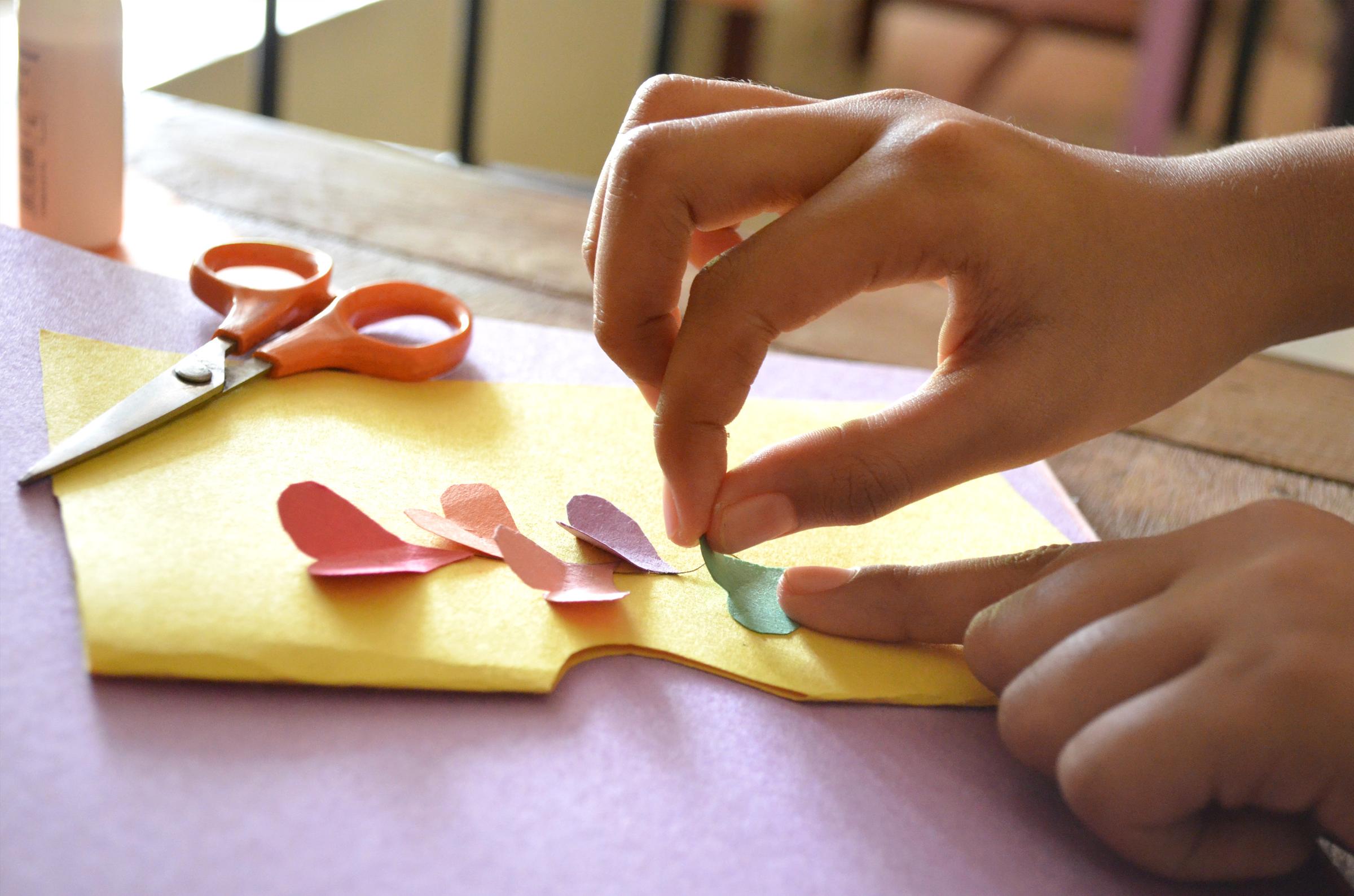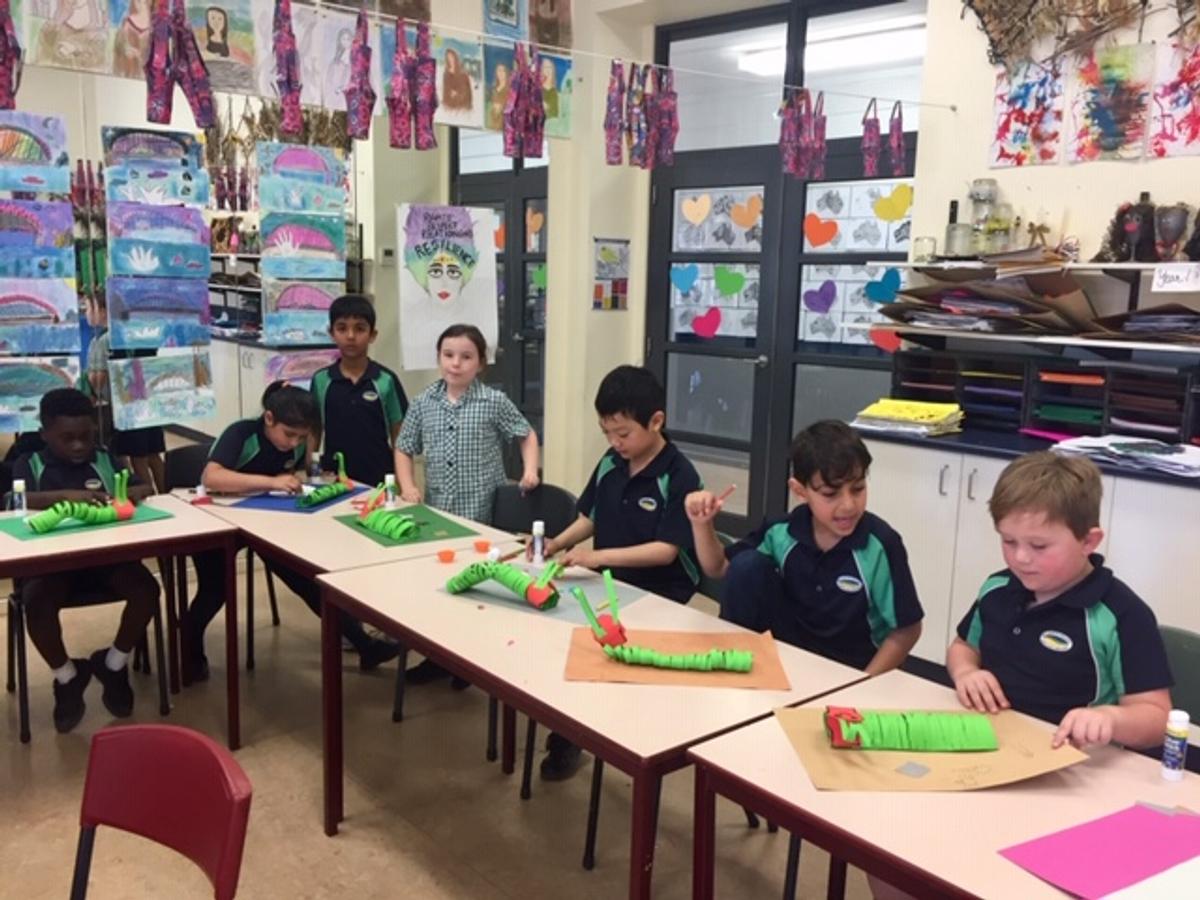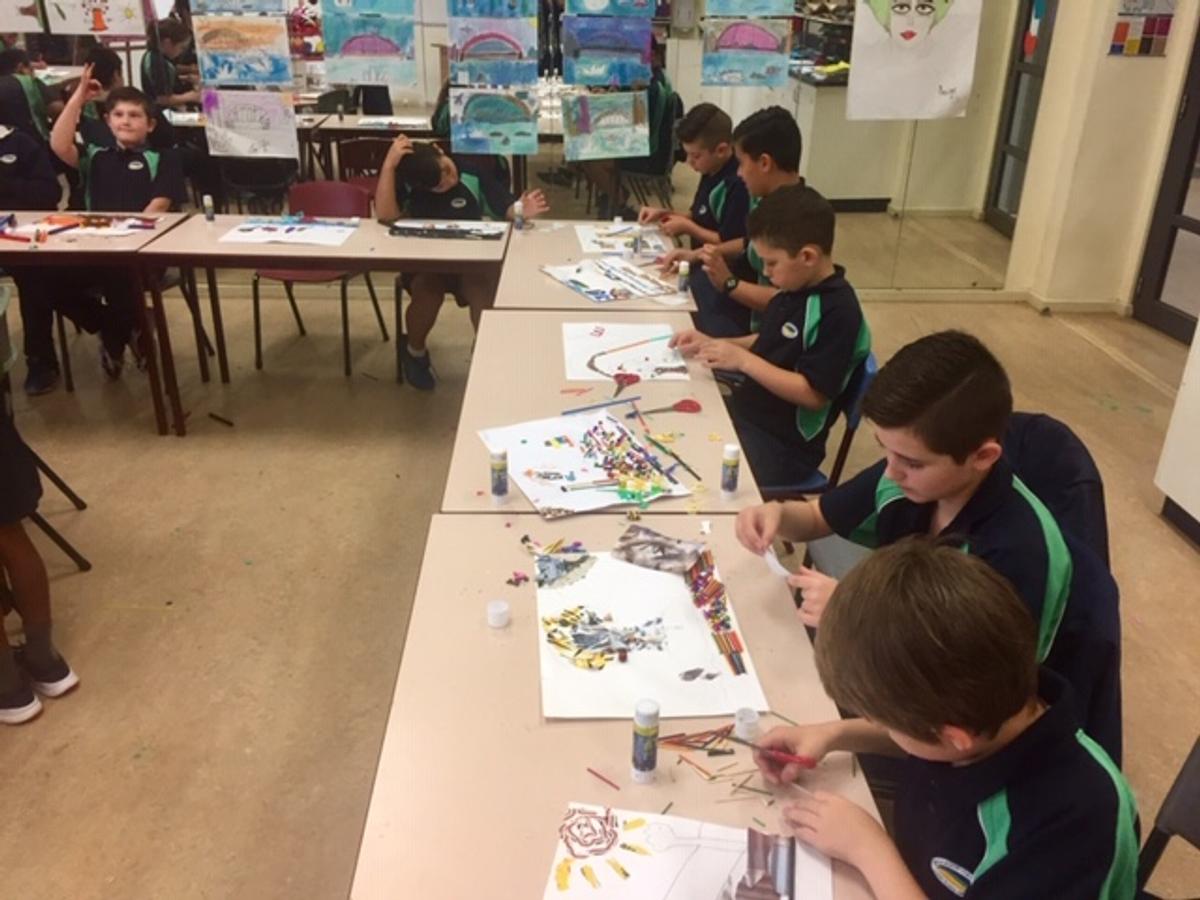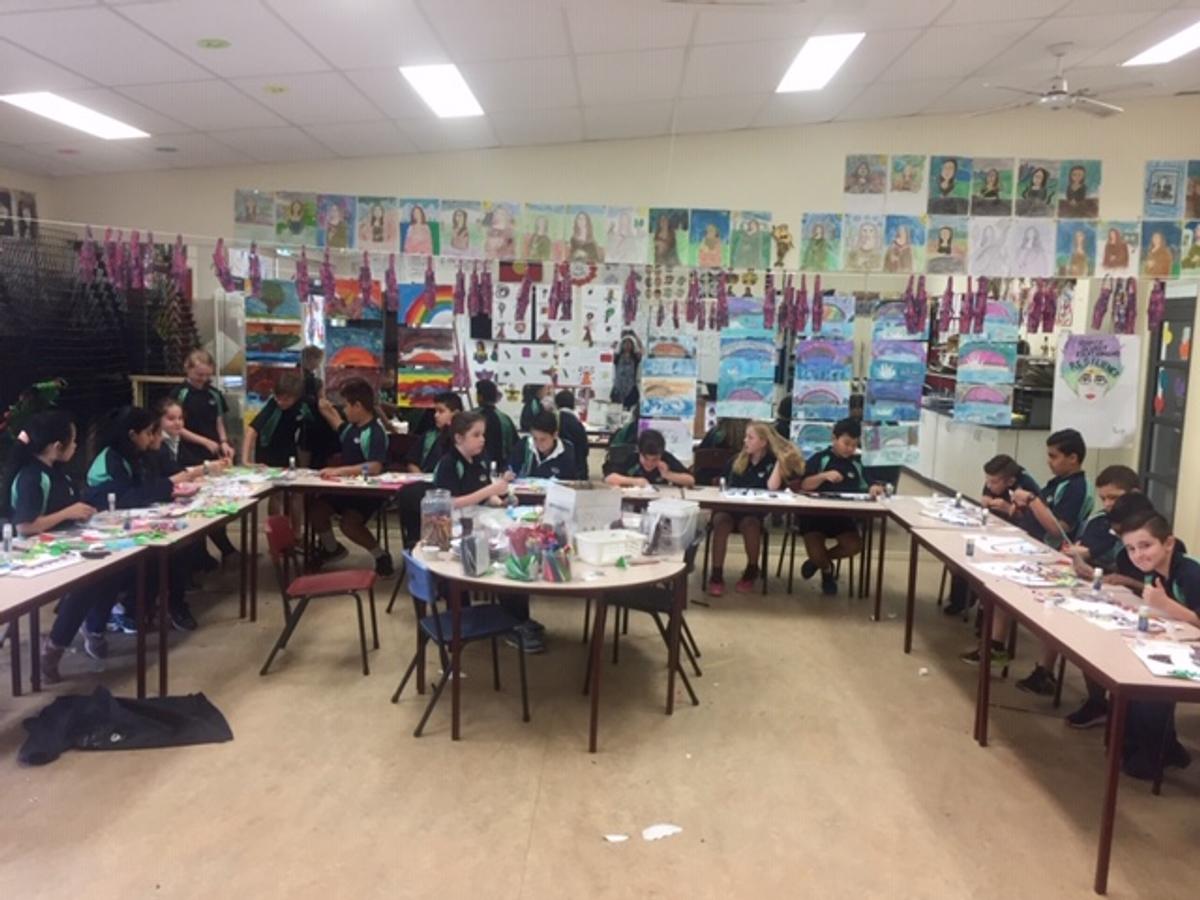Visual Arts

Visual Arts
Responding in each arts subject involves students, as artists and audiences, exploring, responding to, analysing, interpreting and critically evaluating artworks they experience. Students learn to understand, appreciate and critique the arts through the critical and contextual study of artworks and by making their own artworks.
Learning through making is interrelated with and dependent on responding. Students learn by reflecting on their making and critically responding to the making of others.
When responding, students learn to critically evaluate the presentation, production and/or performance of artworks through an exploration of the practices involved in making an artwork and the relationship between artist, audience and artwork. Students learn that meanings can be interpreted and represented according to different viewpoints, and that the viewpoints they and others hold shift according to different experiences.
Students consider the artist’s relationship with an audience. They reflect on their own experiences as audience members and begin to understand how artworks represent ideas through expression, symbolic communication and cultural traditions and rituals.
Students think about how audiences consume, debate and interpret the meanings of artworks. They recognise that in communities many people are interested in looking at, interpreting, explaining, experiencing and talking about the arts.
This term our students are preparing to respond in Visual arts by completing different artworks on Collage.
Collage is the combination of pieces of diverse materials and media, such as newspapers, magazines, package labels, fabric, and photographs, into one composition.
The term itself derives from French “coller” meaning “glue” (assemble –objects that are usually not made of paper-more mixed media)
It was coined by both Georges Braque and Pablo Picasso at the beginning of the 20th century, when collage became a distinct part of modern art.
Cynthia Jose





